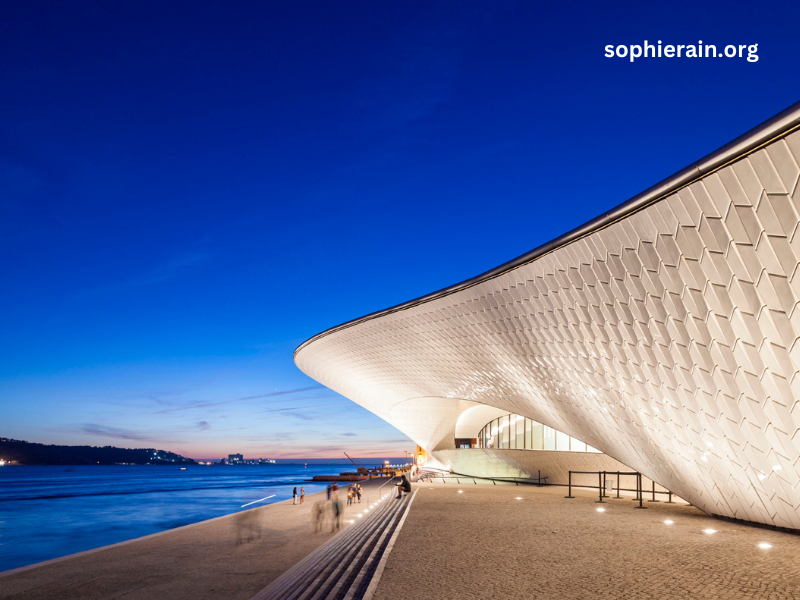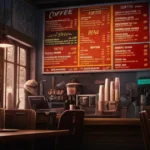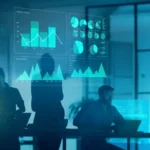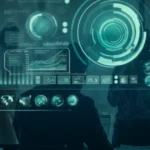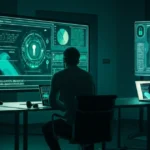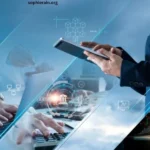The Museum of Art and Technology stands as a unique convergence point between artistic expression and technological advancement. Aimed at celebrating the fusion of these two fields, this museum showcases the ingenuity that emerges when creativity meets technology. As digital innovations continue to redefine artistic expression, the Museum of Art and Technology exemplifies how traditional and contemporary art forms embrace cutting-edge advancements. This 2000-word exploration delves into the museum’s mission, exhibits, educational programs, and influence on the world of art and technology.
Introduction to the Museum of Art and Technology
The Museum of Art and Technology is a trailblazer in the art world, offering an environment where art meets science and technology. Located in a major metropolitan area, this institution is an innovative platform that highlights how technology transforms creative practices, paving the way for new genres, such as digital art, virtual reality, and interactive installations.
In recent years, museums worldwide have adopted a more digital approach, reflecting how the Museum of Art and Technology sets the standard for these advancements. By bridging the worlds of creativity and innovation, this museum not only attracts art enthusiasts but also appeals to technologists, futurists, and educators.
The Vision and Mission of the Museum of Art and Technology
The Museum of Art and Technology’s mission centers on advancing art’s transformative power through the lens of digital innovation. It seeks to engage audiences in the dialogue between traditional and digital mediums, sparking curiosity and promoting the appreciation of both disciplines. At its core, the museum advocates for an environment where artists and scientists can collaborate, experimenting with mediums that redefine creative possibilities.
This mission extends to educating the public on technology’s role in the art world, raising awareness about how artificial intelligence, robotics, and digital imaging open new doors for creative minds. As an institution, it also fosters a global community that encourages cross-disciplinary collaboration, from visual arts and music to interactive media and engineering.
Exhibit Highlights: Showcasing the Fusion of Art and Technology
The Museum of Art and Technology features a range of dynamic exhibits that demonstrate the breadth of art technology has inspired. Among these, visitors encounter interactive installations, digital artwork, and robotics-driven sculptures that create an immersive experience for audiences.
Digital Art and Interactive Media
- One of the most prominent exhibit categories includes digital art, which encompasses everything from 3D animations to complex digital paintings created using AI algorithms. Interactive media, a significant component, allows visitors to become part of the art itself. Through touchscreens, motion sensors, and augmented reality, visitors experience art as active participants.
- This exhibit’s primary goal is to demonstrate the power of technology in creating dynamic experiences that transcend traditional static art forms. Digital artists leverage algorithms, AI, and graphic software to craft artwork that changes in real-time based on audience interaction.
Augmented and Virtual Reality Experiences
- Augmented Reality (AR) and Virtual Reality (VR) are also integral parts of the museum, where visitors can wear VR headsets to journey into surreal worlds created by artists. These immersive environments showcase landscapes, sculptures, and even historical events that viewers can explore, offering a novel way to experience art.
- Through these technologies, the Museum of Art and Technology offers exhibitions where viewers are fully immersed in a digital environment, allowing them to interact with elements of the artwork in a way that traditional methods could never achieve.
Robotic Art and Kinetic Sculptures
- Robotics has opened new possibilities in creating kinetic art, where sculptures and installations move and change form autonomously. At the museum, robotic art explores themes of artificial intelligence and the human-machine relationship, often evoking questions about the future of robotics in society.
- These pieces are interactive, sometimes reacting to visitors’ movements or responding to sound. The museum’s robotic exhibits illustrate the complex interactions that can arise between humans and machines, blurring the lines between artist and engineer.
Artificial Intelligence and Algorithmic Art
- The rise of AI has led to the development of algorithmic art, a process by which artists use programming languages to create images, sounds, and forms. This technology-based art form allows artists to generate unpredictable and highly complex designs.
- Algorithmic art exhibitions reveal the unseen power of algorithms and data processing in creating unique, visually compelling artwork. These works challenge traditional notions of artistry and authorship, as AI is both the tool and co-creator.
Educational Programs: Encouraging a New Generation of Innovators
In line with its mission to educate, the Museum of Art and Technology provides a series of educational programs for people of all ages, from children to professionals in the tech and art industries. These programs foster a deeper understanding of how digital tools can enhance creative practices, sparking interest among younger generations and professionals alike.
Workshops and Classes for All Ages
- The museum offers hands-on workshops that teach attendees the basics of digital art creation, such as coding for art, digital illustration, and 3D modeling. These classes range from beginner to advanced levels, accommodating people of all ages and skill sets.
- In these workshops, participants learn to use technology as an extension of their creativity, developing skills that are essential in today’s digitally dominated art world.
Lectures and Panel Discussions on Art and Technology
- Industry professionals frequently visit the museum to lead lectures and discussions on the intersection of art and technology, exploring topics like the ethics of AI, the future of augmented reality, and the environmental impact of digital art.
- These events provide valuable insights into the future of both fields, encouraging audiences to consider the implications of technological advancement on artistic practices and society as a whole.
Youth Programs and Digital Literacy Initiatives
- Recognizing the importance of early exposure, the museum’s youth programs focus on inspiring children and teenagers to explore digital art and coding. These programs introduce young minds to digital tools, encouraging them to view technology as a means of self-expression.
- By promoting digital literacy, the museum empowers future creators and engineers, nurturing the next generation of innovators who will continue to bridge art and technology.
The Museum’s Role in Advancing Art and Technology Globally
As a pioneer in the art-tech world, the Museum of Art and Technology has a global impact. It collaborates with other institutions worldwide, sharing knowledge, resources, and exhibits. This network encourages the cross-pollination of ideas, allowing for an ever-expanding array of art forms that continue to push boundaries.
International Collaborations
- The museum partners with other art and technology organizations worldwide, contributing to a global dialogue on innovation and creativity. By participating in international art fairs, technology conventions, and educational exchanges, it promotes a worldwide appreciation for art’s transformative potential.
Supporting Emerging Artists and Innovators
- The Museum of Art and Technology provides resources and support for emerging artists, particularly those working at the forefront of digital media. This support includes residencies, grants, and exhibition opportunities, empowering new artists to pursue their passion in art technology.
Research and Development in Art and Technology
- Research plays a central role in the museum’s activities, as it explores new ways for art and technology to interact. By conducting studies on topics like AI-driven creativity and human-machine collaboration, the museum actively contributes to the development of new creative technologies and methods.
Impact on Art Enthusiasts and Technology Fans
Visitors to the Museum of Art and Technology experience the blending of art and technology firsthand. This museum not only introduces visitors to innovative art forms but also deepens their understanding of technology’s impact on modern creativity. By providing an interactive and immersive environment, the museum enhances engagement with art, transforming passive viewers into active participants.
For art enthusiasts, the museum offers a new perspective on what art can be, challenging traditional notions and expanding their appreciation for innovative media. Meanwhile, technology enthusiasts find inspiration in how digital tools and systems can create beautiful and thought-provoking works.
Conclusion
A Hub for Creativity, Innovation, and Education
The Museum of Art and Technology exemplifies the potential of blending art and technology, creating a space where creativity flourishes within a technologically enhanced framework. By continually exploring the possibilities of new media and advancing art through educational initiatives, the museum contributes to a larger global narrative about the future of creativity.
With each exhibit, educational program, and global partnership, the Museum of Art and Technology redefines what a museum can be. It moves beyond traditional boundaries, paving the way for a future where art and technology coexist and inspire one another. Through this union, the museum leaves a lasting impression, showcasing that the fusion of these fields isn’t just a modern trend but an essential part of how art will evolve in the digital age.

